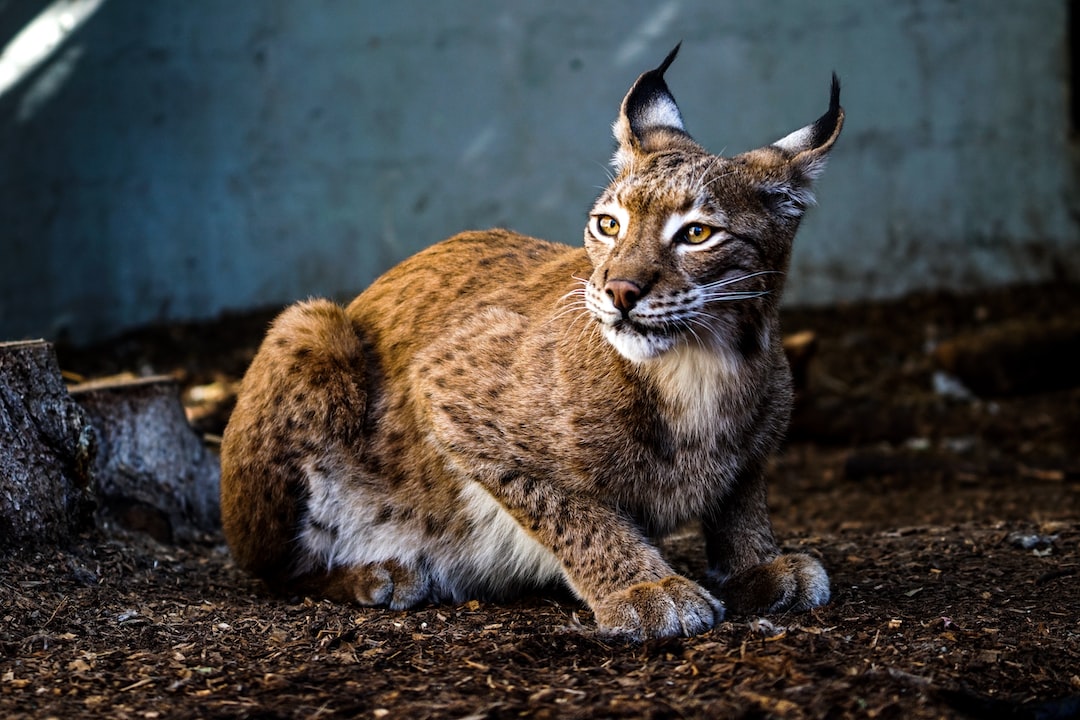The World’s Most Beautiful Butterflies and Their Life Cycle
Butterflies have captivated humans for centuries with their vibrant colors and graceful fluttering. These delicate creatures are not only visually stunning but also serve as important pollinators and indicators of a healthy ecosystem. In this blog post, we will explore some of the world’s most beautiful butterflies and discover their fascinating life cycle.
1. The Monarch Butterfly (Danaus plexippus):
The Monarch Butterfly is one of the most iconic butterfly species, renowned for its vibrant orange and black wings. Their annual migration from Canada and the United States to Mexico is a remarkable phenomenon observed by countless nature enthusiasts. Monarchs undergo a complete metamorphosis, beginning as an egg laid on milkweed leaves. The caterpillar hatches and feeds voraciously, eventually forming a chrysalis. Inside the chrysalis, the caterpillar undergoes a remarkable transformation and emerges as a beautiful butterfly.
2. The Blue Morpho Butterfly (Morpho menelaus):
Native to the rainforests of Central and South America, the Blue Morpho Butterfly is renowned for its vivid blue iridescent wings. These butterflies exhibit sexual dimorphism, with males possessing large, bright blue wings, while females have more muted brown wings. The Blue Morpho Butterfly’s life cycle is similar to that of the Monarch, with the female laying eggs, larvae feeding on leaves, pupation in a chrysalis, and emergence as a stunning butterfly.
3. The Peacock Butterfly (Aglais io):
The Peacock Butterfly, commonly found in Europe and Asia, is instantly recognizable due to its distinctive beautiful, large, and eye-like spots on its wings. These spots serve as a defense mechanism by intimidating predators. The Peacock Butterfly’s life cycle begins with the female laying eggs on plants such as nettles. Once the caterpillar emerges, it feeds on the leaves and grows rapidly. After forming a chrysalis, the butterfly will emerge, showcasing its breathtaking colors.
4. The Ulysses Butterfly (Papilio ulysses):
The Ulysses Butterfly, native to Australia, is known for its brilliant electric blue wings and long tails on the hindwings. These butterflies are unique as they maintain their bright blue color even after their death, making them highly sought after by collectors. Similar to other butterflies, Ulysses Butterflies undergo a complete metamorphosis, with eggs, caterpillars, chrysalis, and finally, the emergence of the stunning butterfly.
5. The Swallowtail Butterfly (Papilio):
The Swallowtail Butterfly is a large, diverse butterfly species found across the globe, with various subspecies showcasing different patterns and colors. One of the most striking Swallowtails is the Eastern Tiger Swallowtail, known for its black and yellow patterns. Swallowtails are named after their distinctive tails on their hindwings. Their life cycle mirrors that of other butterflies, starting with eggs, caterpillars feeding on host plants, pupation, and ending with the emergence of the adult butterfly.
Understanding the life cycle of butterflies is not only fascinating but also crucial to appreciate and protect these beautiful creatures. Their survival depends on the health of their environment and the availability of host plants for caterpillars to feed on. Additionally, planting nectar-rich flowers can provide food for adult butterflies.
Furthermore, habitat preservation, reducing pesticide use, and creating butterfly-friendly gardens can contribute to the conservation of these delicate insects. Butterflies are not only beautiful to observe but also vital to maintain healthy ecosystems through pollination.
In conclusion, the world’s most beautiful butterflies offer us a glimpse into the wonders of the natural world. From the majestic Monarch to the vibrant Blue Morpho, each species has its unique characteristics and life cycle. By understanding and appreciating their life cycles, we can play our part in conserving these mesmerizing creatures for future generations to enjoy. Let’s cherish and protect these beautiful butterflies, ensuring a thriving planet for all.

